Design decisions for buildings and communities are critical to efforts to increase local and regional resiliency. Building designers — of residential, institutional, and commercial structures — should strive to incorporate passive and active survivability concepts into new and renovated structures.
Community planners and developers need to incorporate concepts that increase the capacity to maintain transportation flow, strategies to handle water management, and infrastructure approaches that will withstand a variety of risks.
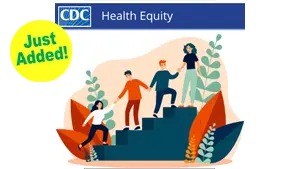
CDC Office of Health Equity
The Centers for Disease Control Office of Health Equity exists to ensure health equity is embedded in an all-of-public health approach to overcoming persistent health disparities and health inequities across a range of population groups that disproportionately experience poor health outcomes.
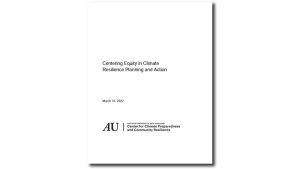
Centering Equity in Climate Resilience Planning and Action
This paper introduces and amplifies principles and best practices for centering equity in climate resilience planning and action. The audience is primarily users of the U.S. Climate Resilience Toolkit and its Steps to Resilience.
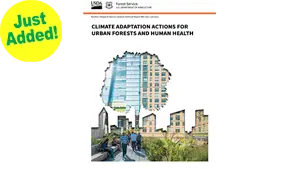
Climate Adaptation Actions for Urban Forests and Human Health
This report synthesizes adaptation actions to address climate change in urban forest management and promote human health and well-being through nature-based solutions. It compiles and organizes information from a wide range of peer-reviewed research and evidence-based reports on climate change adaptation, urban forest management, carbon sequestration and storage, and human health response to urban nature.
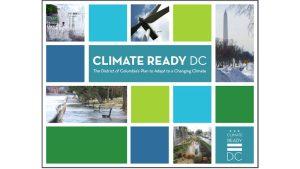
Climate Ready DC: The District of Columbia’s Plan to Adapt to a Changing Climate
Climate Ready DC is the District of Columbia’s strategy to make the District more resilient to future climate change while helping to ensure that our city continues to grow greener, healthier, and more livable.
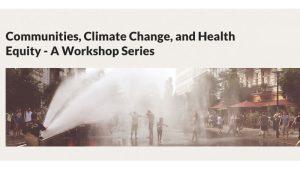
Communities, Climate Change, and Health Equity: A Workshop Series
This workshop series explores the current state of knowledge about climate-related health disparities. Participants will explore specific actions to take when working with communities to improve climate-related health outcomes and invest in health equity.
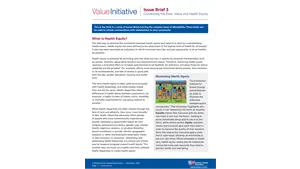
Connecting the Dots: Value and Health Equity
The best way to examine the connection between health equity and value is to start by understanding health equity. Health equity has been defined as the attainment of the highest level of health for all people. It also has been described as a situation in which everyone has a fair and just opportunity to be as healthy as possible.

COVID, Climate Change, and Resilient Recovery
The world is facing an unprecedented convergence of crises as the COVID-19 pandemic is compounding existing health, economic and environmental problems. Experts are weighing in on what the pandemic can teach us about climate change and how we can use this crisis to learn, adapt, and come out more resilient on the other side. Below are links to timely articles and information.
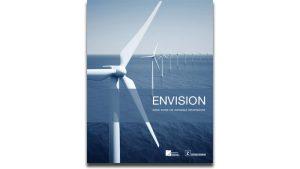
Envision Rating System for Sustainable Infrastructure
Published in 2015, the Envision system is composed of tools, covering all aspects of a product’s lifecycle, that are meant to introduce sustainability into infrastructure projects.
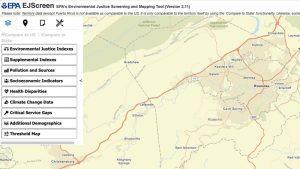
EPA EJSCREEN
The EPA’s environmental justice screening and mapping tool (EJSCREEN) provides a nationally consistent dataset and approach for combining environmental and demographic indicators.

EPA: Flood Resilience Checklist
Is your community prepared for a possible flood? Use EPA’s Flood Resilience checklist to improve your community’s flood resilience.

CDC Office of Health Equity
The Centers for Disease Control Office of Health Equity exists to ensure health equity is embedded in an all-of-public health approach to overcoming persistent health disparities and health inequities across a range of population groups that disproportionately experience poor health outcomes.

Centering Equity in Climate Resilience Planning and Action
This paper introduces and amplifies principles and best practices for centering equity in climate resilience planning and action. The audience is primarily users of the U.S. Climate Resilience Toolkit and its Steps to Resilience.

Climate Adaptation Actions for Urban Forests and Human Health
This report synthesizes adaptation actions to address climate change in urban forest management and promote human health and well-being through nature-based solutions. It compiles and organizes information from a wide range of peer-reviewed research and evidence-based reports on climate change adaptation, urban forest management, carbon sequestration and storage, and human health response to urban nature.

Climate Ready DC: The District of Columbia’s Plan to Adapt to a Changing Climate
Climate Ready DC is the District of Columbia’s strategy to make the District more resilient to future climate change while helping to ensure that our city continues to grow greener, healthier, and more livable.

Communities, Climate Change, and Health Equity: A Workshop Series
This workshop series explores the current state of knowledge about climate-related health disparities. Participants will explore specific actions to take when working with communities to improve climate-related health outcomes and invest in health equity.

Connecting the Dots: Value and Health Equity
The best way to examine the connection between health equity and value is to start by understanding health equity. Health equity has been defined as the attainment of the highest level of health for all people. It also has been described as a situation in which everyone has a fair and just opportunity to be as healthy as possible.

COVID, Climate Change, and Resilient Recovery
The world is facing an unprecedented convergence of crises as the COVID-19 pandemic is compounding existing health, economic and environmental problems. Experts are weighing in on what the pandemic can teach us about climate change and how we can use this crisis to learn, adapt, and come out more resilient on the other side. Below are links to timely articles and information.

Envision Rating System for Sustainable Infrastructure
Published in 2015, the Envision system is composed of tools, covering all aspects of a product’s lifecycle, that are meant to introduce sustainability into infrastructure projects.

EPA EJSCREEN
The EPA’s environmental justice screening and mapping tool (EJSCREEN) provides a nationally consistent dataset and approach for combining environmental and demographic indicators.

EPA: Flood Resilience Checklist
Is your community prepared for a possible flood? Use EPA’s Flood Resilience checklist to improve your community’s flood resilience.
